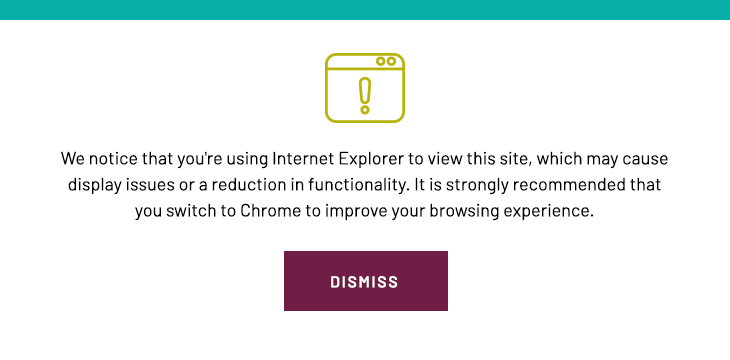



One of the superpowers I grew up pretending to have (besides the dream of one day becoming a professional baseball or football player) was the superpower to “see into the future.” Maybe this is why as an adult I continue to review trends, read history, and follow thought leaders regarding the future of the AEC industry, the overall economy, and our American way of life.
Due to future trends, the landscape of new technology, and industry changes, the use of public-private partnerships (P3) continues to be a popular topic in discussions around improving our public infrastructure in the most economical way. P3 delivery remains a unique and highly flexible project delivery method with multiple benefits for public owners and design-build (D-B) teams.
As Congress deliberates on the Federal Infrastructure Bill, P3 delivery is a component being considered as part of the implementation process. Knowing that P3 delivery is being considered, it is increasingly necessary to start thinking about typical issues even in the planning stages of the project instead of encountering them far too late during the project. So, if we use our superpower to see into the future, we should begin with the end in mind.
Ancillary support of P3 projects is not always clear with P3. Often unclear is who will be responsible for new utilities, right-of-way use, and interior and exterior public spaces. A common question during planning is “who owns the space?” These types of spaces have associated maintenance costs and insurance premiums that need to be included upfront in the P3 agreement where possible, as they impact return on investment for the developer or D-B team and have lifecycle cost considerations for the public owner.
In some cases, there may be the opportunity to increase the benefit of P3 by incorporating other external upgrades such as area-wide utility improvements. Earlier this year in the blog Paradigm Shift in P3 Delivery, we discussed how public owners should consider external value stacking measures to increase end state benefits of surrounding stakeholders, resulting in fewer costs, and increased efficiencies. A good example of this is underground utility upgrades that could be done simultaneously with the new facility and access roads construction to prevent the unsightly mess and public stigma associated with digging up new work just after completion.
The real key to success in using DBMO delivery is getting the operator on board early in the selection process. In many cases, the P3 solicitation or Request for Proposal (RFP) asks D-B teams to include the facility operator as part of their overall project team versus an outside stakeholder. Focusing early on the long-term relationship with the operator instead of waiting until after the end of construction will reap many benefits for the public owner in defining utilization requirements. Also, this will impact lifecycle costs as the operator provides beneficial feedback about the use and long-term maintenance of the facility to the design team. This additional information improves the design and optimizes for better building system performance over the life of the facility.
Adjusting the procurement process to incorporate specific P3 delivery tools for use by public owners adds a great deal of value. Incorporating feasibility studies in the P3 solicitation effectively conveys the intent and purpose of the program to the D-B teams, but still allows maximum flexibility for capturing creative solutions and private sector efficiencies and ensures their unique design meets the purpose.
Bridging documents are also an important part of the solicitation and agreement. Some technical components require further elaboration beyond the feasibility study to capture the full intent of the owner. In these instances, care must be taken to avoid becoming too restrictive on the private partner, as it could result in degrading the benefits of the D-B delivery. A conceptual drawing and layout can speak volumes to interested D-B teams and coupled with a pre-proposal meeting and site tour, can increase the overall interest level in the P3 project.
Lastly, including project schedule specifications within the Comprehensive Agreement establishes expectations early in the process and provides a baseline for project controls from the beginning of construction used in monthly schedule reviews as part of the monthly pay application process.
The P3 delivery strategy can be a powerful tool for public owners looking to deliver the needed public infrastructure and amenities within each local set of constraints. Working through the details of end-state requirements early in the process will provide an opportunity to set the team up for future success.
The DBMO delivery format can provide additional benefits in long-term costs and optimization for use. The use of P3 procurement tools will also greatly benefit the public owner in building a foundation for successful project delivery. Using P3, the creativity and economical problem-solving utilized by the private sector can be successfully harnessed to provide many benefits to the public owner and their constituents. This process can be challenging, however, engaging with owner-representative firms experienced in utilizing P3 delivery can smooth the path toward success.
Learn more about P3 delivery by visiting additional blogs below:
Substituting for D-B-B, Our Next Batter is P3! 10 Reasons Why Public-Private Partnerships are Gaining Momentum
Summer Road Trips and Public-Private Partnerships
P3 Delivery: Are We Riding the Brake or Pressing the Gas Pedal?
Hot Potato…Who Has the Risk in P3?
Design-Build-Operate P3 Delivery in Sports Facilities for Municipalities
Comments